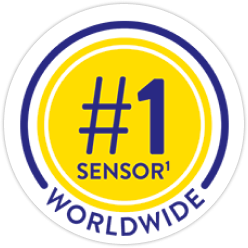Join the more than 7 million people who use FreeStyle Libre systems worldwide1
The FreeStyle Libre 2 system allows you to spend more time living and less time worrying
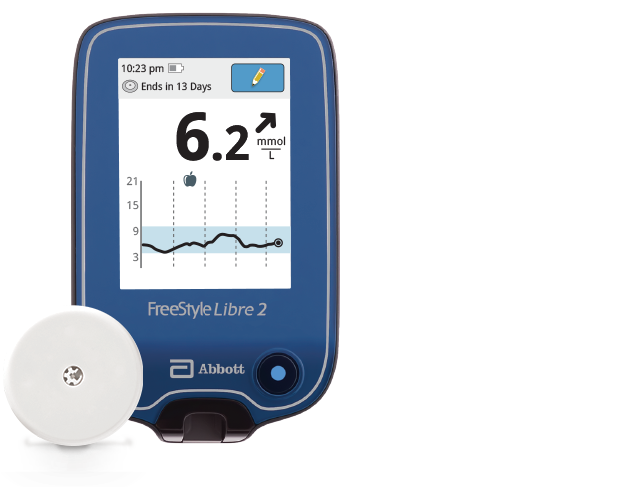
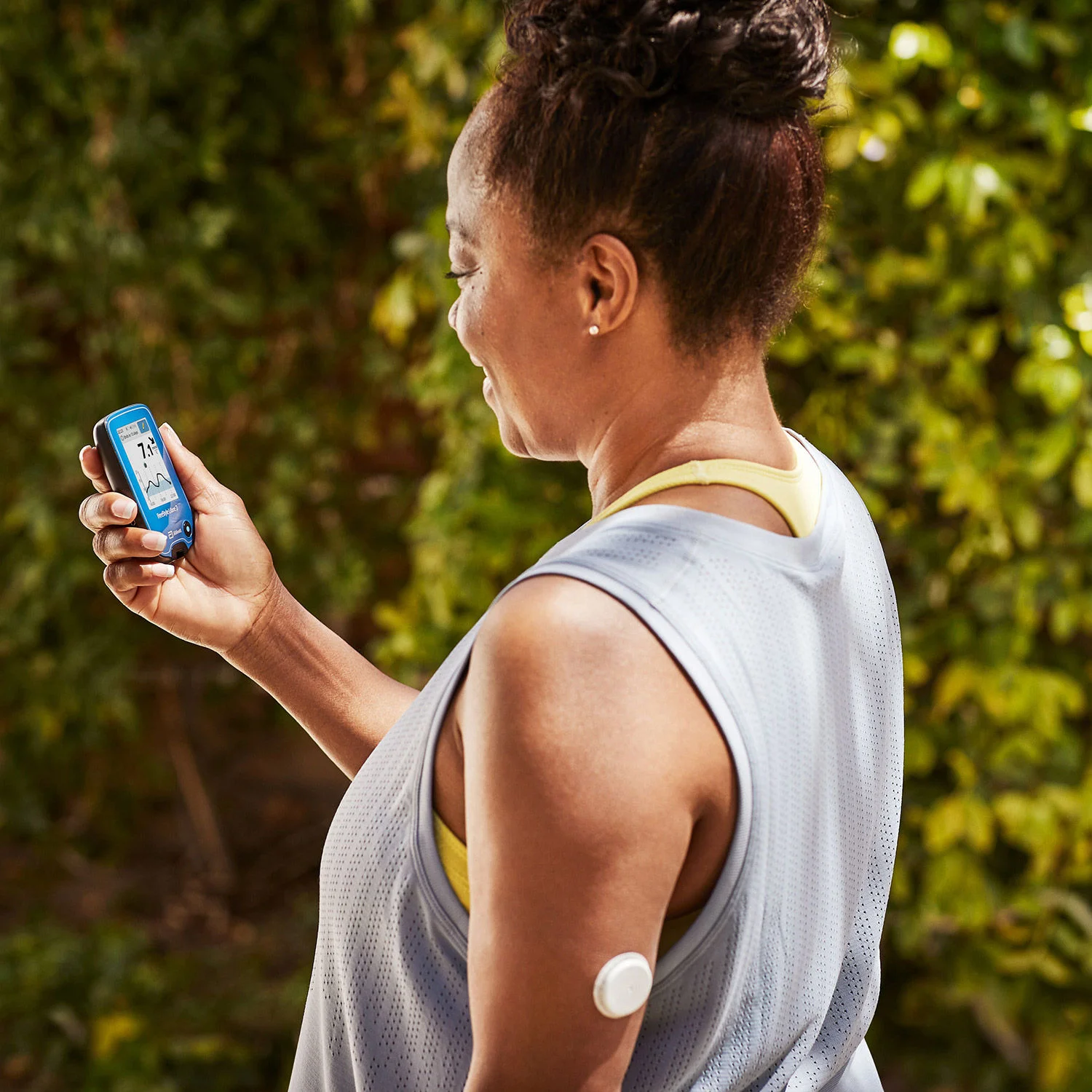
FreeStyle Libre 2 Plus sensor
- Easy to apply4, comfortable4 to wear for 15 days
- Optional glucose alarms18 that alert you the minute your glucose is too low or too high
- Swim, shower, or exercise while wearing it9
- No finger pricks10. No stigma. No second-guessing.
- Monitor your glucose with a painless4, 1-second scan
- Unsurpassed accuracy, even in the low glucose range2
Taste progress,
with right food choices.
Join the FreeStyle Libre Experience Program and gain insights into how your food choices affect glucose levels. Discover which of your favorite foods you can enjoy more of. First time user? You may qualify for a special price29 on your first starter kit!
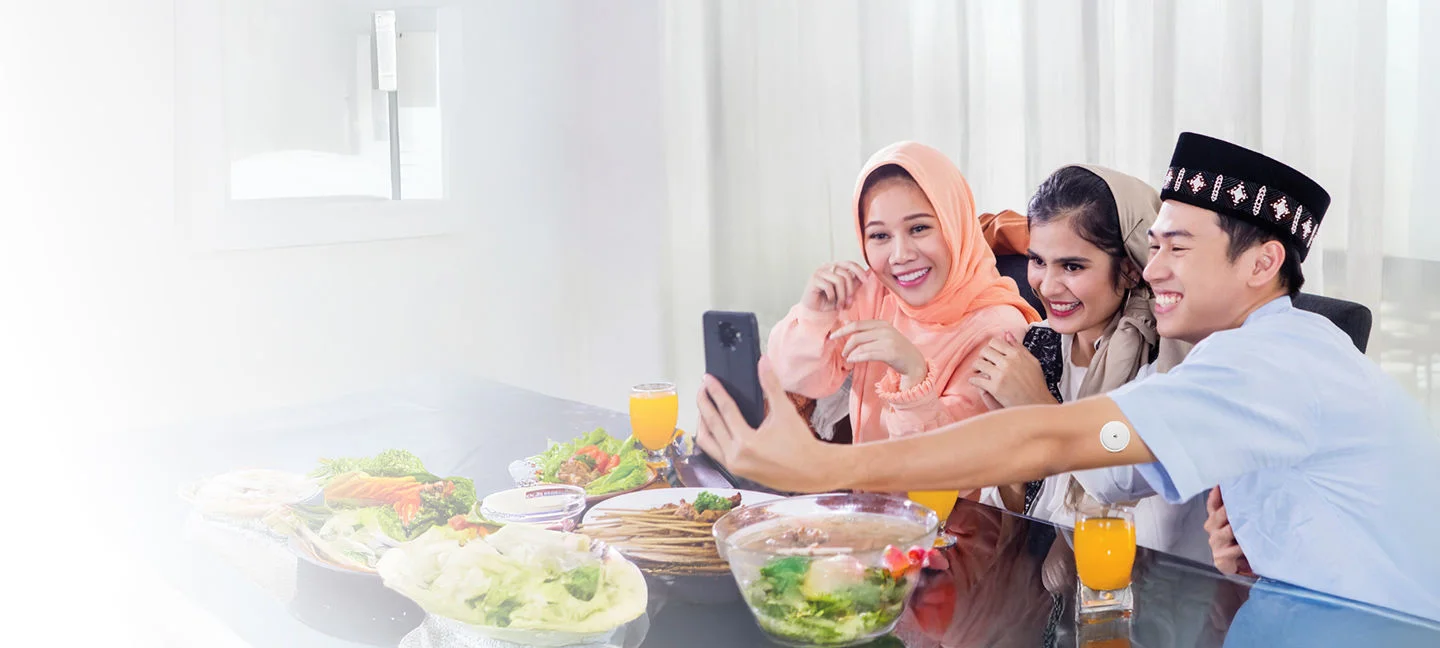
ADC- 102597 v1.0
